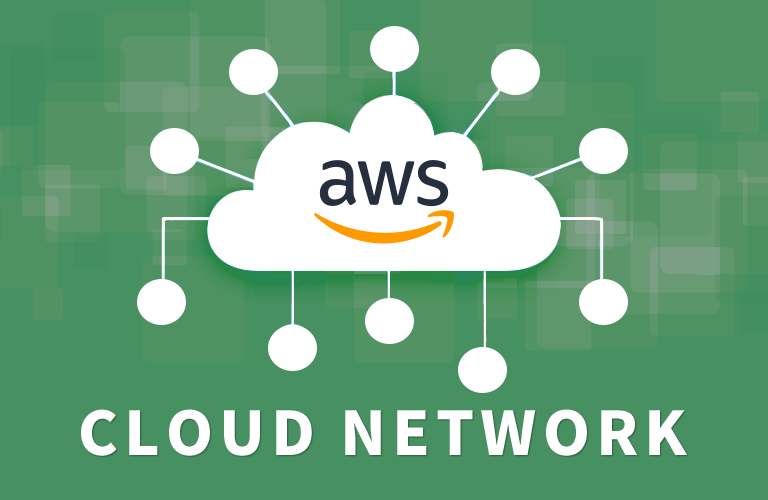![[2025 리뉴얼] 스스로 구축하는 AWS 클라우드 인프라 - 기본편Course Thumbnail](https://cdn.inflearn.com/public/course-325915-cover/c5c876a5-048f-49ce-b459-f1339432a43e?w=420)
[2025 리뉴얼] 스스로 구축하는 AWS 클라우드 인프라 - 기본편
노마드 콘텐츠 랩
🎉2025년 새로운 영상으로 강의 리뉴얼🎉 AWS의 가장 기본적이고 핵심적인 주요 서비스들의 세부 기능과 옵션을 살펴보고 해당 서비스들을 활용하여 클라우드 아키텍처를 단계적으로 구현함으로써, 인프라의 구조와 작동 원리를 이해하고 클라우드 인프라를 직접 구축할 수 있는 역량과 자신감을 함께 키워보도록 하겠습니다.
Basic
AWS, 서버리스


Let's leverage AWS's key networking services to build everything from simple, basic networks to multi and hybrid networks, understand traffic flow in the architecture, and develop the skills and confidence to implement real cloud networks ourselves.

Technologies and related services for building an AWS cloud network
How to use the main network services of AWS Cloud, their detailed functions, and options.
The process and methods of building an AWS cloud network
Interrelationships and operational principles of services that comprise the AWS cloud network.
The ability and confidence to build your own AWS cloud network.
Who is this course right for?
Those who are new to AWS
Those who are unfamiliar with or interested in AWS network configurations and related services
Anyone who wants to learn how to actually use AWS's main network services
For those who want to learn how individual AWS services are used together with other services from a network management perspective.
For those who want to build their own AWS cloud network
2,404
Students
217
Reviews
128
Answers
4.7
Rating
2
Courses
Noamd Contents Lab(노마드 콘텐츠 랩)은 오랜 기간 다양한 분야에서 IT 관련 업무들을 수행하며 얻은 경험과 지식을 콘텐츠로 만들어 많은 분들과 공유하고 있습니다. :)
All
53 lectures ∙ (6hr 39min)
Course Materials:
All
19 reviews
4.9
19 reviews
Reviews 1
∙
Average Rating 5.0
Reviews 1
∙
Average Rating 5.0
Reviews 1
∙
Average Rating 4.0
Reviews 1
∙
Average Rating 5.0
Reviews 25
∙
Average Rating 5.0
Check out other courses by the instructor!
Explore other courses in the same field!
$34.10